Selling is a lot about psychology.
People buy driven by emotional impulses, many of them even more primitive than we might have thought.
Already some time ago, marketing and sales experts became aware of this phenomenon and created a science called Neuromarketing.
But, what’s Neuromarketing?
Neuromarketing are those techniques used in advertising and marketing that appeal to the most primitive side of people’s brains and encourage them to buy a product or service.
I will try to explain how our brain works in a simple way.
The youngest part of the brain is the outer layer.
It’s responsible for such things as written language processing, complex thinking, calculation and rationalisation of decisions.
The middle section of the brain processes emotional responses.
It gives you a feeling about your decision.
The oldest part of the brain is the reptile area.
It’s responsible for instinct and survival. Its main objective is to avoid pain. It’s this area that takes our decisions.
I know, you are surprised that the more primitive side (it’s called reptile!) takes the decisions for you but there is a logical reason for it.
Our brain needs a lot of energy to function.
It represents only 2% of our body mass, but burns 20% of our energy (In some particular cases I’m sure is much less 😊), so it’s optimised to conserve energy and not waste it.
This means that you are not going to waste valuable energy involving other regions of the brain to process external stimuli if this is not strictly necessary for survival.
Neuromarketing therefore primarily target those 2 parts of the brain, the survival part (or how to avoid pain) and the emotional part (or how to be happier).
It’s more clear now, isn’t it? Basically, we buy things to solve a problem, to avoid a danger or to feel better in order to achieve an improved version of ourselves.
How simple we are and how much we worry for nothing 😊.
Let’s take a look at how we can convince these two sections of the brain and get people to trade their precious money for what we have to offer.
Are you staying?
Let’s get started!
6 useful tricks to sell to the brain or how #neuromarketing works. #copywriting #ecommerce #DigitalMarketing #SmallBiz Click To TweetDrawing the attention of the reptilian brain
If you can prove to the reptilian part that you are worthy of attention, then and only then will the other parts of the brain get involved as well.
You need to try to get its full attention from the very beginning, with the headline and especially with the introduction of your post, social media ad, video, etc.
Remember, the reptilian brain is in charge of survival and therefore you have to talk directly to it about some “danger” that affects it.
That danger doesn’t have to be life threating, but it can be a pain point, something that worries your customer and he would like to solve.
These are the ways to draw the attention of the reptilian brain: touching your audience’s pain points, appealing to their innate selfishness, demonstrating importance through contrast, emphasising the value of tangibility, focusing on the beginning and the end, using a visual metaphor, and playing an emotional chord.
Don’t be overwhelmed, let’s clarify each of these points so you will get the idea.
Pain points
Pain points are those concerns or desires that haunt the mind of our buyer persona.
In order to know what’s going on in that person’s head, you first need to do a thorough research of who your ideal customer is and what might move her to buy from you.
Pain points don’t always have to be negative, i.e. they don’t always have to appeal to a problem, they can talk about a desire to be better, something that also moves people to do (or buy) things.
Let’s see 2 examples of headlines with very clear pain points.
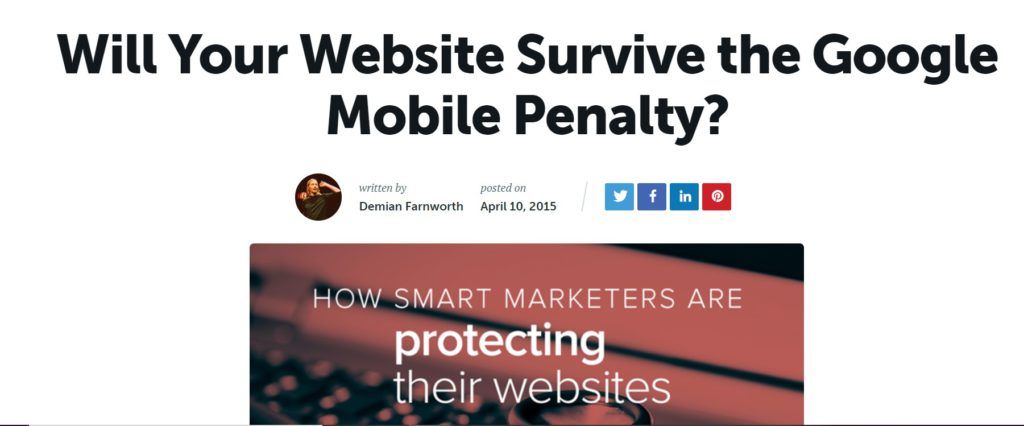
This is a clear example of how to attract the attention of the reptilian brain.
The headline reads: “Will your website survive Google’s mobile penalties?”
And the intro already tells us that this post is going to help us protect our website from these penalties: “How smart marketing experts protect their websites”.
Here we are clearly talking about surviving a danger, Google penalties.
This headline draws attention from our reptilian brain since it tells us about a danger and how to protect ourselves from it.
But not everything has to be about imminent dangers, we can also draw the attention of the reptilian brain with another type of trigger.
Now let’s see an example of a headline where there is not so much urgency but also appeals to a pain point.

This post from Becky&Paula was shared 27K on Pinterest.
It might not seem to appeal to the survival instinct at first sight, but when you think about it, it clearly does.
If you have a website you surely want more visitors, because more visitors means more chances to make more sales.
This headline will get the attention of the reptilian brain quickly.
Because it also talks about survival, it promises to give you tips about how to make your website (and your business) more successful.
Once we have the attention of the reptilian brain, we have to keep talking to it so that it also lets the other parts of the brain get involved.
6 useful tricks to sell to the brain or how #neuromarketing works. #copywriting #ecommerce #DigitalMarketing #SmallBiz Click To TweetAppealing to the innate selfishness of the reptilian brain
The reptilian brain is selfish because it’s the brain of survival.
If we appeal to the selfish part of all of us we will also make sure that the potential customer gives us all her attention.
But how can we appeal to this selfish part?
Having a personal talk with your prospect, making the reader the protagonist of all your sales copy, each and every one of your texts has to talk about him or her and not about you.
Let’s look at this concept with an example.

This post written by Louise Hay was shared 21,000 times on Facebook.
Here we are not talking about an imminent danger as in the example of Google but of a selfish instinct which is also important for survival, to love oneself.
Louise Hay asks us a vital question and with this headline, she makes us wonder if we know it or not and pushes us to read her post to find out what it really means to love yourself.
Tangible value
The reptilian brain needs fast and precise stimuli to attract its attention and open the gate to the rest of the brain.
For this you have to use short and powerful images and sentences in the introduction of your video or sales letter.
Choose powerful images for your ad or post header that are related to the idea you want to convey.
But at the same time, for the rest of the brain to come into play you have to show that it’s worth the energy.
How can we quickly and accurately show that what we have to say is worthwhile?
Showing the value you offer with powerful sentences.
This can be achieved in a variety of ways:
– Adding numbers that show:
“1450 companies already use our app”
– With powerful testimonials from other customers
“This app is one of the best you’ll find in the market, for us it meant a before and after.”
– With some technical data that demonstrates the value of the product
“Beta technology, 3 times faster than other apps.”
Contrast
A formula that always works very well is the before and after.
This is something that the reptilian brain understands perfectly because it can project the positive consequences of that change.
Also comparing yourself to other brands that do the same as you is a contrast that can work.
You don’t have to name those other brands but you can say that you are the only company in your industry that can be reached by phone or that your sneakers are made in Europe not in poor countries with very low wages.
It’s a simple comparison that works.
You can even compare it to previous versions when you want to sell the new version of the same product, like Apple does.
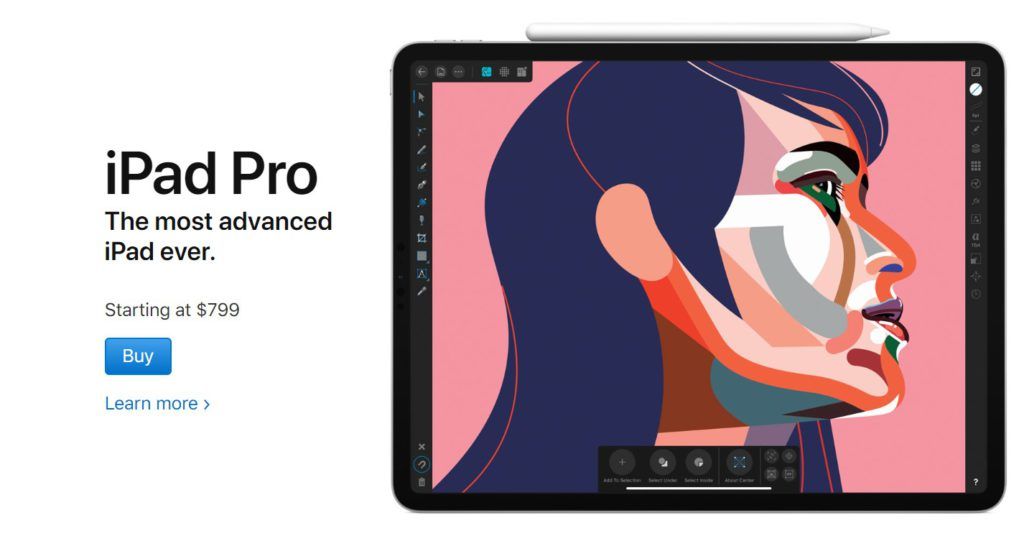
They are masters at comparing the new versions with the old ones so you always want to buy the latest model.
Focus on the beginning and the end
Since the reptilian brain’s primary goal is survival, it will be incredibly alert when a change occurs to assess the hazard.
So, in order to save energy, it will direct attention to the beginning and end of your ad, video or landing page.
Hence the central part is much less likely to attract its attention.
That’s why you should express the most important information at the beginning and repeat it at the end.
In order to prevent the brain from disconnecting and nudge it to keep reading, you can create mini segments in the middle to provide structure and tell the reptilian brain that something new is coming and it doesn’t have to go unnoticed.
You can use sentences like: “And there’s more” “but that’s not all”, etc.
Asking questions that you will answer yourself next, will also increase the brain’s engagement.
Recommended reading Plant curiosity seeds in your copy
6 useful tricks to sell to the brain or how #neuromarketing works. #copywriting #ecommerce #DigitalMarketing #SmallBiz Click To TweetMetaphors
Using metaphors helps the reptilian brain to better understand concepts because it can relate them to something more familiar.
You can make use of visual or textual metaphors, something simple that, for sure, the person reading is familiar with.
You need to compare things at the same level, for example a process with a process, or a thing with a thing.
I’ll give you as an example a metaphor that I used in one of my texts that never saw the light, the company decided on another version.
It was for a company that helps entrepreneurs to scale their businesses.

You probably remember that day when your dad was running after you, holding you so you wouldn’t lose your balance and fall.
And all of a sudden you look back and see that he is no longer there, and you’ve been pedalling for a long time by yourself.
With “NAME OF PROGRAM” you’ll feel we support you until one day you no longer need us to pedal and you’ll only look for us when you want to learn how to swim.
You choose where you want to go, at what pace and with which methods.
We will provide you with the necessary tools for you to reach your next challenge.
I feel better now, I thought it was quite good, and I was sorry it hadn’t seen the day light 😊
Playing Emotional Chords: The Psychological Triggers
Joe Sugarman is one of the most famous copywriters in history, his book on copywriting is worth its weight in gold.
In it he talks about psychological triggers, those factors that arouse desire and convince people to buy.
So with the factors that we’ve seen in the previous section we have attracted the attention of the brain and now we are going to convince it to buy from us.
Sugarman presents 31 triggers, but I am going to explain only 13, which are the most important.
Here we go.
Feeling of ownership
People want to imagine what it will be like to have your product in their hands or how their lives will change after having tried your service.
To do this you have to create a very clear image of how it would feel in your potential customer’s mind.
You have to get them to see themselves using that product or service while describing what it will be like to have it in their hands.
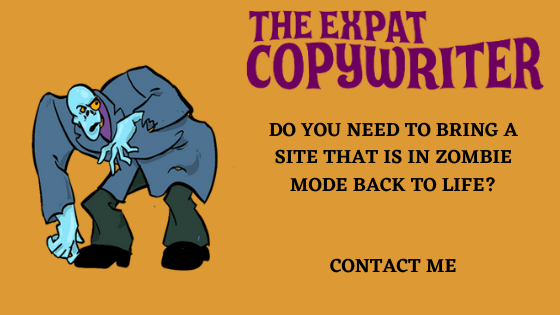
Honesty and credibility
People aren’t stupid and if you exaggerate or tell lies they will realise. Don’t make that mistake.
Every person is going to have some objection before buying something (it’s expensive, I’m not sure I’ll use it, etc.).
If you counteract all these objections with honesty and credibility, that person will be much closer to buying from you.
6 useful tricks to sell to the brain or how #neuromarketing works. #copywriting #ecommerce #DigitalMarketing #SmallBiz Click To TweetValue
Make sure you convey very well, either by comparing it to something more familiar as we’ve seen in the previous section or with clear examples, the value of what that person gets if they buy your product or service.
Justification
In the end, what everyone wants is to justify a purchase in order to feel that they are taking something of great value and that it will solve a specific problem or make them feel better.
So somewhere in the text of your ad or website you need to add a justification.
Sometimes it’ll be enough to say “Because you’re worth it“
Other times the justification will be savings (creating a limited offer), or health reasons “You can make those healthy juices in a much easier way” or you can appeal to the recognition or acceptance that all humans seek, “You will make people turn”.
The higher the price of the product, the more you need to justify the purchase.
Greed
Greed is a very powerful motivator. Many times people buy simply because something is on offer. If you decide on this tactic you need to explain why your product or service is on sale.
Authority
Showing your authority in a given field is something you should always do, no matter how big or small your business is.
I’m sure that if you stop and think carefully you will find something you can say to establish your authority and expertise in what you sell.
But please don’t fall into the cliché “more than 20 years of experience”.
Those sentences have been used too often and don’t mean anything anymore.
Today what works best in order to create authority (and you won’t find in Sugarman’s book because it’s simply something that didn’t exist in his time, we are talking about the 70s and 80s) is to have a content strategy which offers value.
Times have changed and today what really gets results is what’s called Inbound marketing, which in clear and direct language means attracting customers to us with valuable content.
Satisfaction Conviction
People need guarantees to make up their minds once and for all since most of us don’t like risk.
But here we not only talk about offering refunds for a certain period of time, you must also express in your copy that you are so sure of the benefits of your product or service that you are not afraid to guarantee it.
Current Fads
Fads have always moved masses so it’s important to be aware of them and use them when appropriate.
They generate publicity and attention.
But remember that a fad only lasts for a certain period of time so you have to change tactics before people get fed up with that trend.
Desire to belong
This is actually the motivator that makes fads so powerful. People want to belong and be identified with that group of people who wear or use that product or service.
The person who buys a Ferrari doesn’t do it because he thinks it’s the best car on the market or because he can drive it at high speed (there are maximum speed rules anyway) but because he wants to belong to that exclusive group of people who own a Ferrari.
Curiosity
People are curious, we want to know.
Sometimes this trigger can work very well in our promotions.
Not revealing all the details of a product’s benefits can make people buy it just to find out what it’s all about.
Joe Sugarman gives us an example of an advertisement he created for a brand of sunglasses.
“What will it be like to look through these glasses? – That pair of sunglasses with the orange lenses that was making everybody go wild?”.
Fear
Fear has an enormous power over people and unfortunately many politicians know it.
Fear of being left behind, fear of not being enough, fear of letting an offer pass because it only lasts for a while.
Exposing the negative consequences of not having a product moves people to buy it to protect themselves from it.
For example, in September and October, we start seeing a lot of advertisements for flu medicaments and people buy them to protect themselves.
6 useful tricks to sell to the brain or how #neuromarketing works. #copywriting #ecommerce #DigitalMarketing #SmallBiz Click To TweetExclusivity
Although most people want to belong to the mass there’s also a desire to feel special, unique.
Knowing how to take advantage of this desire can help you sell your product to a certain type of audience very well.
Human Relations
After all, we are human beings and we need human contact, we are genetically programmed for it.
There’s nothing better to sell than to connect with your prospects, who will feel you genuinely want to help them and you understand their struggles.
You need to know your buyer persona upside down to know what really worries them and what moves them in life.
Only then you’ll be able to connect with them and offer your solution.
A very effective way to connect with your prospects is to tell a story
Stories connect people since ancient times, or using humour, and above all, using a personal tone and running away from business jargon that doesn’t interest anyone.
Recommended reading How to create a Brand with personality
Conclusion
We’ve talked about all the factors that come into play when it comes to awakening the attention of the reptilian brain, first, and the rest of the brain after.
I hope it’s clearer now what kind of language and images you have to use when crafting your copy.
I know it’s a lot of information, so I’ll let you digest it and if you want to find out more about it I advise you to read Sugarman’s book.
But before I go I’d like to add something as a closing idea.
I don’t want you to take this post as a guide to “fool” people’s brains and sell more.
It’s not about that.
It’s about making room for your business among so many others, and above all, it’s about helping people legitimately.
Because in the end what you sell is really a good product/service and you know that with it you can genuinely help people.
Remember, selling is also helping.
Thank you for stopping by and see you next time.
6 useful tricks to sell to the brain or how #neuromarketing works. #copywriting #ecommerce #DigitalMarketing #SmallBiz Click To Tweet

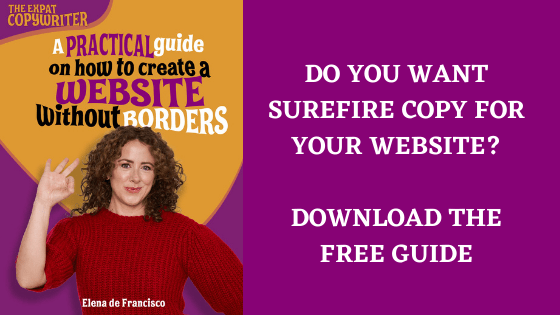
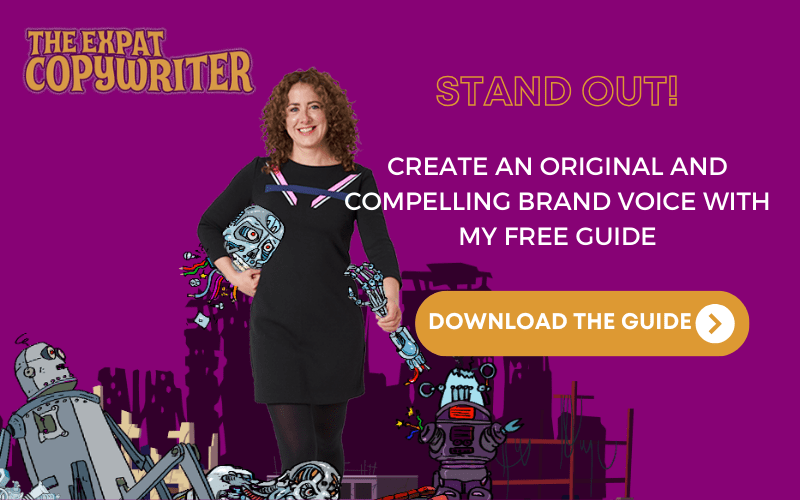

0 Comments